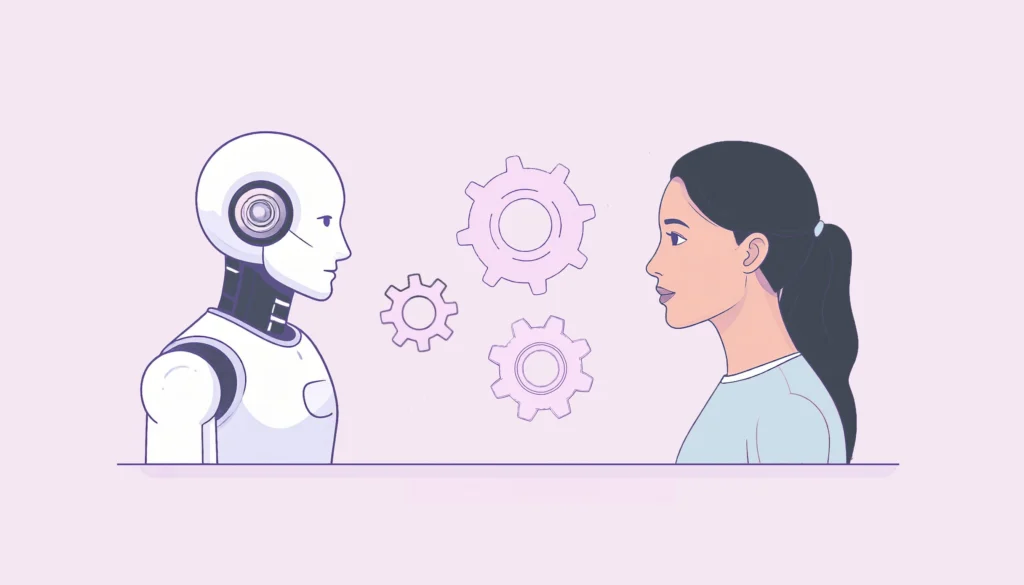Generative AI, a term that’s rapidly becoming a household name, refers to artificial intelligence systems designed to generate content. These systems, such as OpenAI’s ChatGPT, have revolutionized how we interact with technology by providing highly sophisticated responses to user queries. But what exactly is Generative AI, and why is it so significant?
Generative AI models are trained on vast amounts of text data, learning the intricacies of language, grammar, and context. This extensive training allows them to generate coherent and contextually relevant responses to a wide range of questions. For instance, ask ChatGPT about the weather or the plot of a classic novel, and you’ll receive detailed, articulate answers that often feel like conversing with a knowledgeable human.
However, while these AI systems are incredibly powerful, they have limitations. Their knowledge is confined to the data they were trained on, which means they can’t provide information beyond their training scope. This can be a drawback in scenarios where up-to-date or personalized information is crucial, such as customer service.
Despite these limitations, the potential of Generative AI in various applications is vast. From helping users write emails to assisting in coding, the uses are endless. The next step in enhancing these capabilities is integrating Generative AI with private, personalized data to offer more relevant and accurate responses while ensuring data privacy and security.
In our next blog, we will delve into a breakthrough approach called Retrieval Augmented Generation (RAG), which bridges this gap by combining Generative AI with real-time, specific data retrieval. RAG enables AI systems to fetch and utilize data beyond their training datasets, making them far more powerful and applicable to enterprise needs. We’ll explore how RAG works and its transformative impact on industries like customer service, highlighting real-world applications and benefits.
Stay informed on the latest in GenAI and RAG by subscribing to the DataMotion Newsletter. Dive into a world of insightful updates and expert commentary, and be part of our community that’s shaping the future of technology. Or, request a demo with one of our experts to see how DataMotion can revolutionize your customer experience journey.
Learn more about our AI solution,JenAI Assist™.




